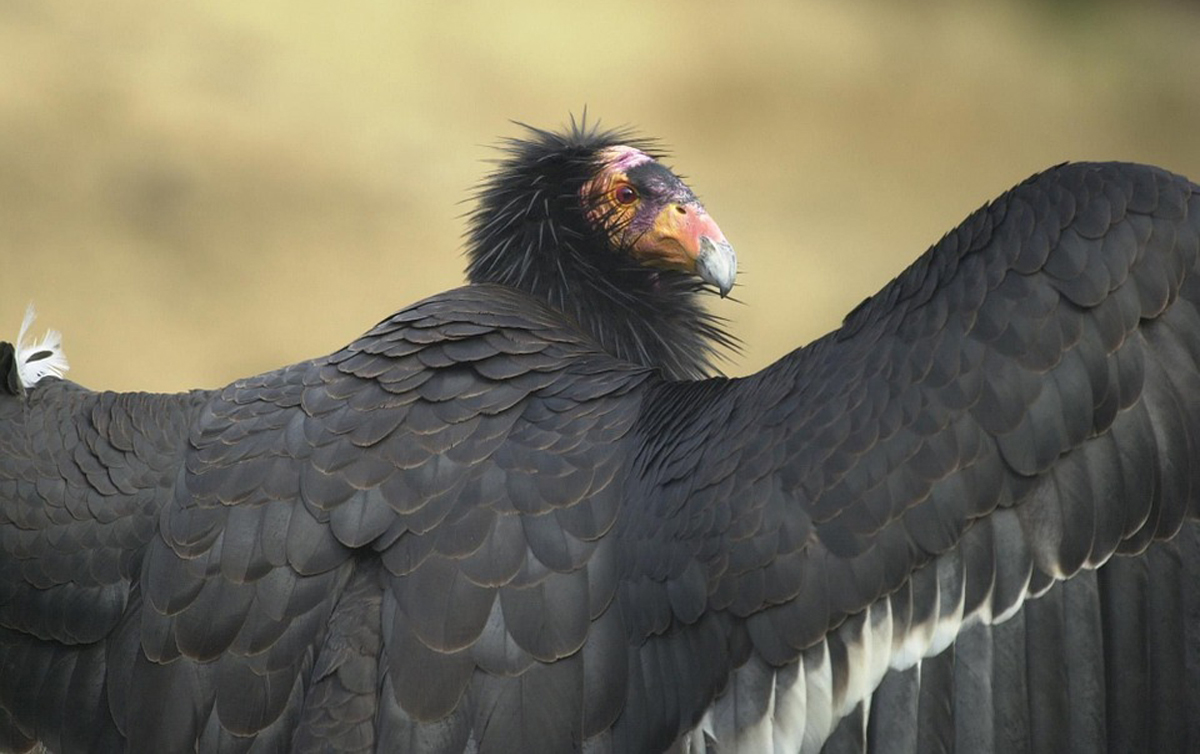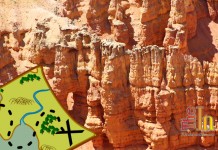 A review of the 2012–16 period of the California Condor Recovery Plan in northern Arizona and southern Utah is complete.
A review of the 2012–16 period of the California Condor Recovery Plan in northern Arizona and southern Utah is complete.
The five-year review – the fourth of its kind – provides updates on the biological and field management aspects of the program, lead reduction efforts, and administration of the recovery effort. It provides recommendations to improve the program over the next five years and recommends continuing the reintroduction program, but it continues to identify lead contamination as the major factor hindering condor recovery.
The experimental Southwest condor reintroduction project began with the release of six condors at Vermilion Cliffs in northern Arizona in December 1996. At the end of 2016, there were 79 condors in the southwestern population with 73 free flying. In 2017, there are 82.
Facts about California Condors
—Prior to reintroduction, the last wild condor in Arizona was sighted just south of the Grand Canyon in 1924.
—Condors reach maturity at about six years of age. They usually produce one egg every other year.
—The condor is the largest land bird in North America. The birds can weigh up to 26 pounds and have a wingspan up to 9½ feet.
—Condors were added to the federal Endangered Species List in 1967.
—Lead poisoning is the leading cause of death for California condors in the Southwest, with 37 deaths confirmed since 2000.
Captive-hatched condors continue to be released annually, and as the wild population has matured, breeding activity has increased. During the review period, 14 chicks hatched in Arizona and Utah. In 2014, a wild-hatched female produced another wild-hatched chick — a program first,
From 1996 through 2016, a total of 189 condors were released in the northern Arizona and southern Utah population, and 29 chicks were wild-hatched. Through the end of 2016, 125 of these birds have died, including 20 of the wild-hatched chicks. Reintroduction efforts have been complicated primarily by lead poisonings.
Such poisoning cases predominately occur in fall and winter months during big game hunting seasons when condors often feed on lead-tainted meat or gut piles. However, similar poisonings can sporadically occur in the spring and summer.
The Peregrine Fund’s field team attempts to trap every individual in the free-flying population before and after the hunting season, but as the population has grown and is using a larger range, this has become more difficult. In this reporting period, an average of 90 percent of the population was tested for lead exposure each year; 29 percent of those tested required some level of treatment (chelation) or other management for lead poisoning.
Voluntary lead ammunition reduction programs have continued in both Arizona and Utah, led by two state wildlife management agencies: Arizona Game and Fish Department, or AGFD, and Utah Division of Wildlife Resources, or UDWR. During the 2012–16 period, 83–91 percent of successful Kaibab area deer hunters participated in lead reduction actions. In southern Utah’s Zion Wildlife Management Unit, 71–89 percent of successful deer hunters took lead reduction actions during the review period.
AGFD and UDWR, along with other condor recovery partners, continue to expand hunter outreach to reduce the amount of lead ammunition available to condors. The review also identifies a need to reduce lead-laden small game as well as fur-bearer and predator/varmint carcasses within condor range.
The California Condor Recovery Plan in the Southwest is a partnership among the U.S. Fish and Wildlife Service, the Bureau of Land Management, the National Park Service, the U.S. Forest Service, AGFD, UDWR, The Peregrine Fund, the Navajo Nation, the Kaibab Band of Paiute Indians, and the Arizona Center for Nature Conservation/Phoenix Zoo. Collectively, these agencies, tribes, and organizations form the Southwest Condor Working Group.
More information about the California Condor Recovery Plan in Arizona is available at peregrinefund.org/projects/california-condor, azgfd.gov/condor, or fws.gov/southwest/es/arizona/ca_aondor.htm.
The goal of the California Condor Recovery Plan is to establish two geographically separate, self-sustaining populations: a primary population in California and another outside of California, each with 150 birds and at least 15 breeding pairs.



